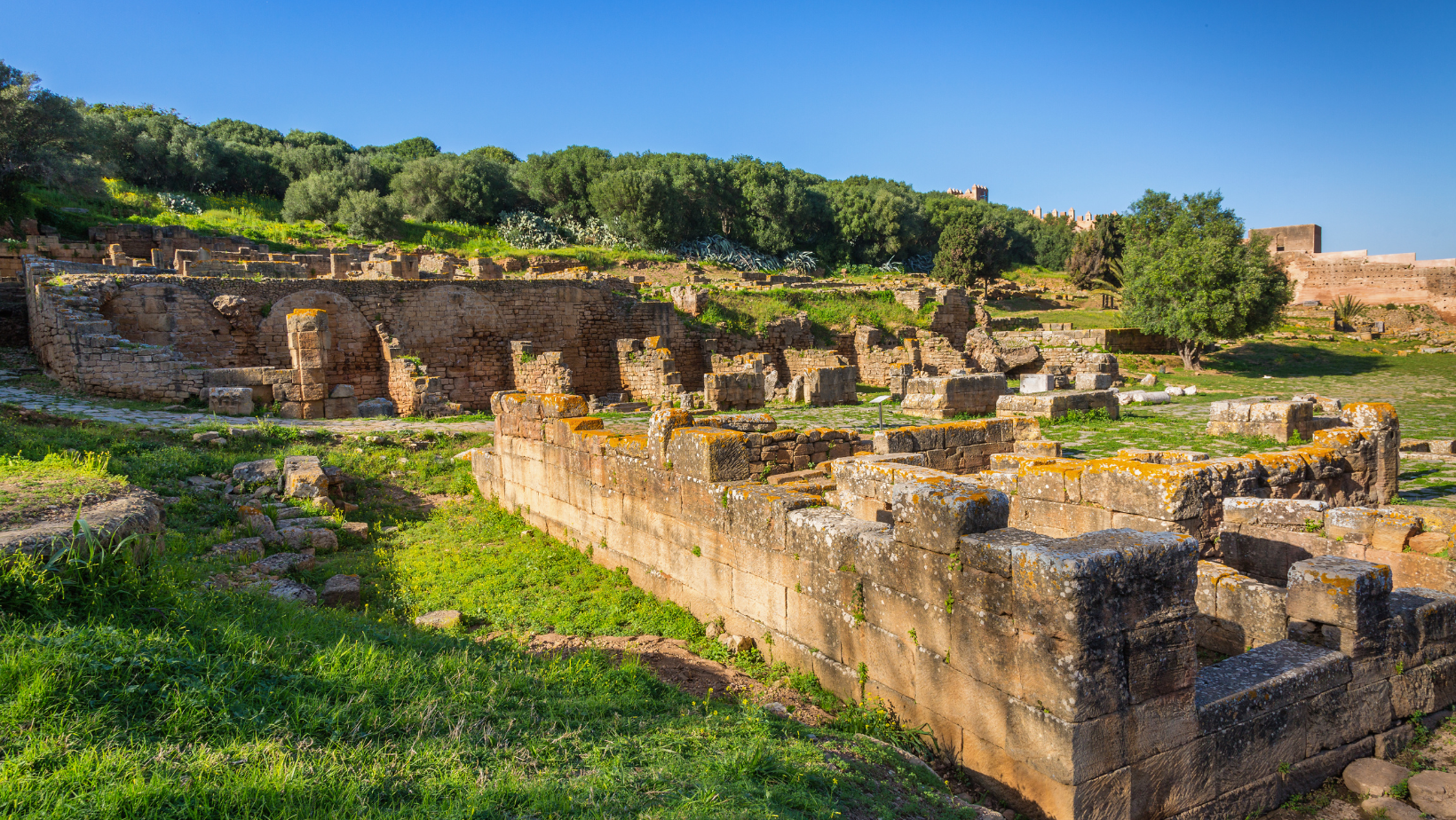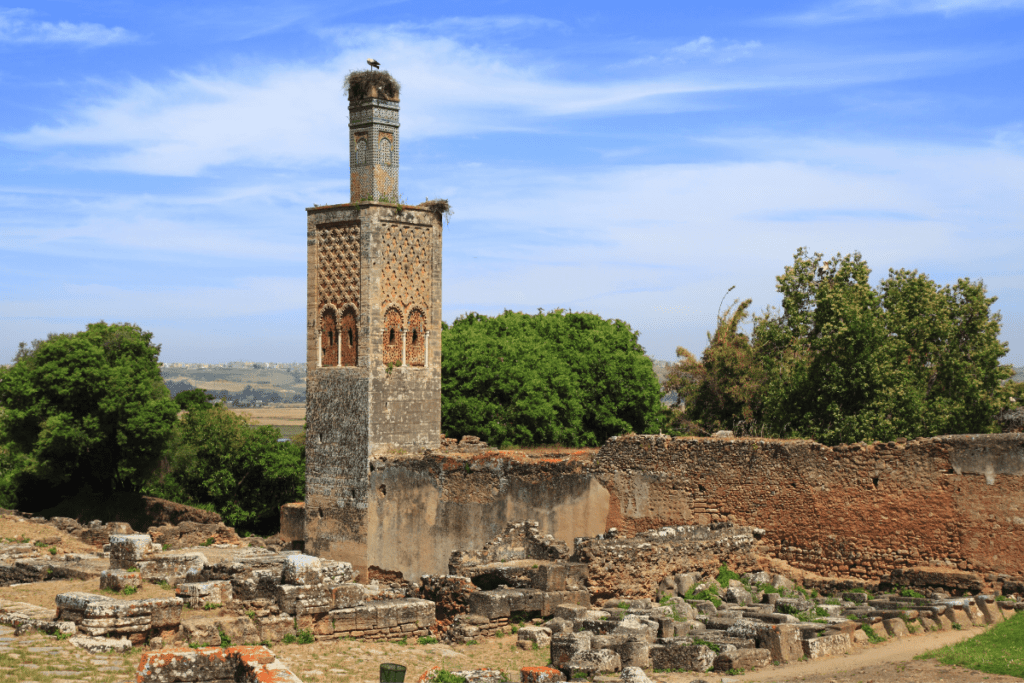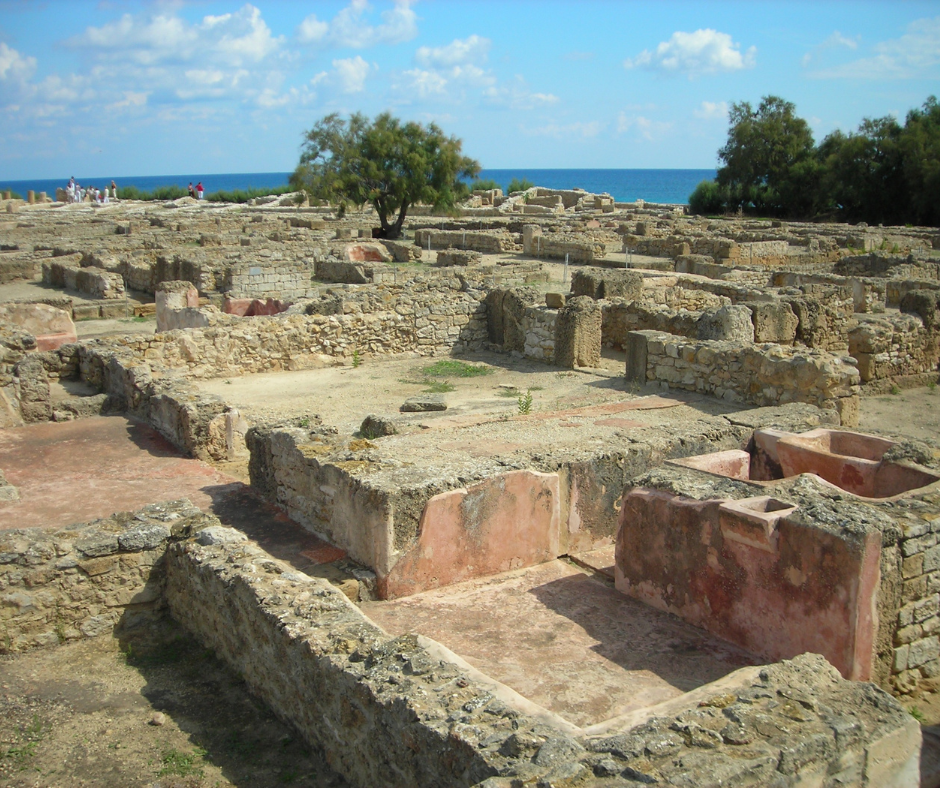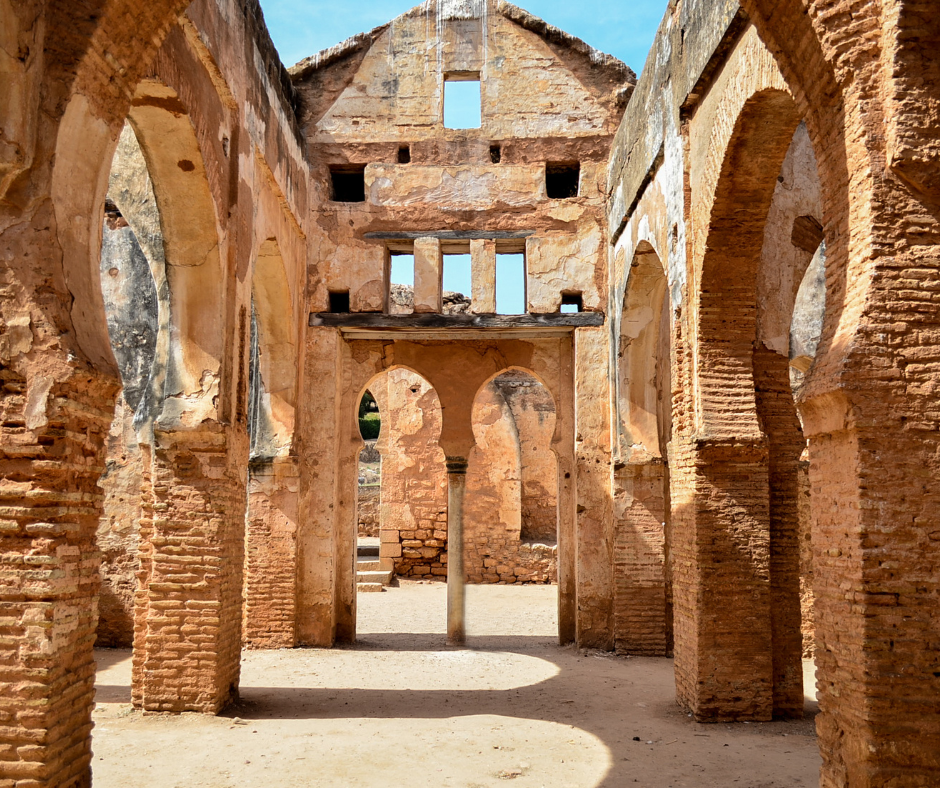
Sala Colonia
Morocco. It’s colourful. It’s fantastical. It’s noisy. People hassle you everywhere you go. There’s nowhere you can find even a moments peace (this is why we love it), or is there? Sala Colonia or “Chellah” as the locals call it, is an archaeological site accessible via the capital Rabat. Here you will find an oasis of tranquillity and an escape from the vibrancy & excitement of Morocco which constantly pokes you in the arm for attention.
A little bit of background
Sala Colonia, as the Roman’s called it was a colony first established by the Phoenicians, a major trading and maritime power in the bronze age Mediterranean. It was then taken over by the Romans in the 1st century BCE and then Muslims in the 7th century before being turned into a graveyard by the Marinid’s. The site has a long and colourful history and is a veritable melting pot of ancient cultures. It contains everything from Roman mosaics to Marinid mausoleums. The site has now been converted into a garden (which we think is kind of the governments justification for how overgrown the site has become) and is a UNESCO World Heritage site. The ruins now play host to annually to the international “Festival of Jazz” and the annual Mawazine music festival which showcases contemporary music from around the world.


Origin Story – The Phoenicians
Who were the Phoenicians? The Phoenicians were originally a major maritime power occupying the Levant, that is the coastal area of what is now Lebanon and Israel. The Phoenicians became the ancient worlds greatest traders and enabled wares from Egypt, the Levant, Anatolia (modern day Turkey), Mesopotamia (Iraq & Iran), Egypt and the rest of North Africa to be traded via ship all around the Mediterranean. While the Phoenicians started out in the Levant their influence and settlements quickly spread to places like Carthage in Tunisia, Finike in Turkey, Salamis in Cyprus, Tipaza in Algeria, Oea (modern Tripoli) in Libya and Shalat (Sala Colonia) in Morocco. Some archaeologists debate the founding of Sala Colonia by the Phoenicians, and while we can never know for sure, the finding of Punic (Phoenician) bowls at the site which date to the 7th century BCE does seem to corroborate this theory.
Rome & other conquerors
By the 1st century BCE the city came under the influence of Rome and was officially named “Sala Colonia”. At this time the city was occupied by the ancient Berber Mauritanian Kingdom, who’s influence stretched across North Africa all the way into Algeria, Tunisia and beyond. Under the last two Mauritanian rulers the city became a client state of Rome and after the death of the last one was annexed and became the province of Mauritania Tingitana. During the Roman period, Sala Colonia was a major port city and was used by commercial Roman ships as a way station on their southwestward passages.
On the site the Roman’s basically built their own city, over the top or demolishing what was already there. Much of what survives today is from the Roman period, including mosaics, grave markers bearing Latin inscriptions, a forum (marketplace), temples and a triumphal Arch.
Muslims & Marinids
In the 5th century Sala Colonia started on the fast track to abandonment and was mostly in ruins by the time the Muslim Arabs arrived in the 7th century. The site was only occupied again in the 10th century, when a new town called Sale was founded on the opposite bank of the river. The old settlement of Sala Colonia was reappropriated by the Marinids and turned into a necropolis. It was also given the name ‘Chellah’ by which it is known today. Judging from the ruins it was originally intended as a royal burial site and the first royal tomb dates from 1284-5. The Maranids built mosques, crypts and mausoleums on the site, many of which are still visible today including the “pool of Chellah” which was the old ablutions well for the mosque (now home to eels). The sultan Abu al-Hasan was the last person to be buried at Chellah, subsequent sultans were buried at the Marinid tombs of Fes and other major cities.
The area enclosed by the Marinid walls is roughly pentagonal in shape and much smaller than the Roman city of which is it built both with in and on top. Outside of the walled religious complex there is also a hammam (bath house) and a residential complex located just inside the main gate. The site is surrounded by rampart walls and interrupted by three gates and defensive towers. It is these walls and gates which give Chellah its tranquil feeling and keep it as an oasis away from modern day Morocco.

Getting to Sala Colonia
To get to Sala Colonia or Chellah, you will first need to get yourself to the capital, Rabat. This is easy from most major centres as you can just get the train and get off at the main station. From here it’s easy to grab a cab (make sure you negotiate the fare before agreeing to ride) or to get a tram.
A trip to Sala Colonia is included in our ‘Spice Odyssey’ food tour of Morocco. To find out more or to BOOK, email us at info@invertedatlas.com or give us a call on +61 2 7229 1926


Leave a Reply